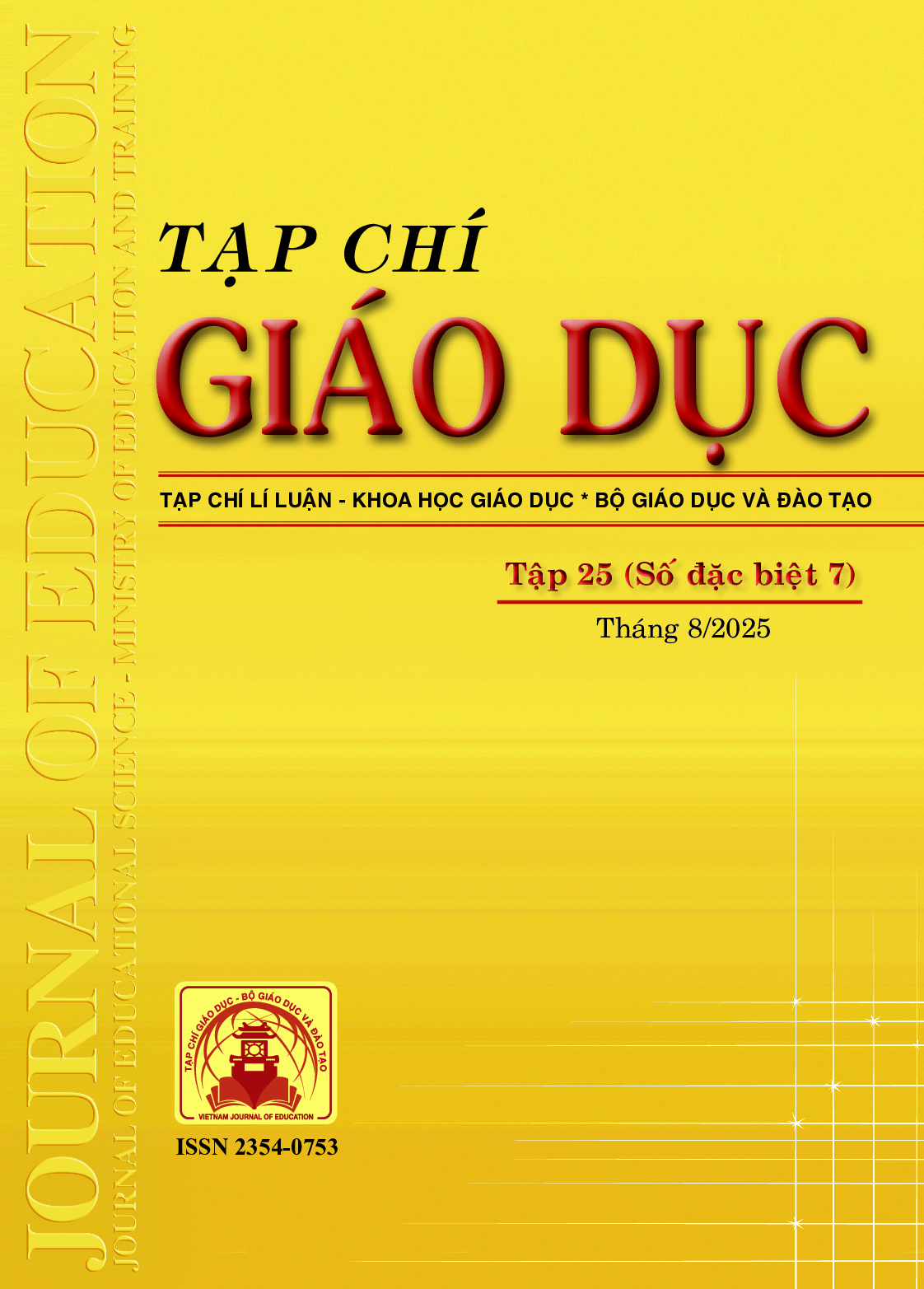Kính ngữ trong tiếng Nhật và ảnh hưởng của kính ngữ trong giao tiếp xã hội
Tóm tắt
Keigo, or honorific language in Japanese, reflects cultural values such as respect, humility, and social hierarchy, playing a key role in maintaining harmonious relationships. However, under the influence of globalization and cultural shifts - particularly among younger generations - the use of keigo has become increasingly simplified and inaccurate. This study reviews previous research to clarify the function of keigo and examine its ongoing changes. The study reveals that keigo is not only a form of polite expression but also a marker of social position and interpersonal relationships. However, younger speakers tend to use keigo mechanically, often confusing different levels of formality, especially in educational and workplace settings. This situation highlights the need to reform how keigo is taught, moving beyond rote memorization toward developing contextual awareness and social sensitivity. The study also suggests further research on linguistic shifts among younger generations and their impact on modern Japanese communication culture.
Tài liệu tham khảo
Agency for Cultural Affairs (2007). Report of the Study Group on Keigo (Honorific Language). https://www.bunka.go.jp/seisaku/bunkashingikai/kokugo/hokoku/pdf/keigo_tosin.pdf
Agency for Cultural Affairs (2021). Summary of the Results of the 2020 Public Opinion Survey on the Japanese Language. https://www.bunka.go.jp/tokei_hakusho_shuppan/tokeichosa/kokugo_yoronchosa/index.html
Agency for Cultural Affairs (2023). Public Opinion Survey on the Japanese Language. https://www.bunka.go.jp/tokei_hakusho_shuppan/tokeichosa/kokugo_yoronchosa/index.html
Brown, P., & Levinson, S. C. (1987). Politeness: Some universals in language usage. Cambridge University Press. https://www.cambridge.org/highereducation/books/politeness/89113EE2FB4A1D254D4A8D2011E542E4
Chen, C. (1998). The actual condition of honorific usage among young Japanese speakers: A comparison of high school students, university students, and working adults. Journal of Language Science, 2, 51-69. https://tohoku.repo.nii.ac.jp/record/1850/files/KJ00004164846.pdf
Hạ Thị Lan Phi (2020). WA - Sự hài hòa: Giá trị nền tảng con người Nhật Bản. Tạp chí Nghiên cứu Đông Bắc Á, 8(234), 18-27.
Hattori, T. (2019). Politeness Strategies. Otsuma Women’s University, Institute for Research in English Education. https://www.iree.otsuma.ac.jp/letters/2591
Phạm Thị Thu Trang (2021). Khảo sát thực trạng sử dụng kính ngữ của sinh viên năm tư ngành tiếng Nhật Trường Đại học Ngoại ngữ - Đại học Đà Nẵng. Tạp chí Khoa học và Công nghệ - Đại học Đà Nẵng, 19(4.1), 24-28. https://jst-ud.vn/jst-ud/article/view/7422
Rahayu, E. T., & Hartati, H. (2024). The shift in the use of keigo by migrant care workers on TikTok social media. Studies in Media and Communication, 12(3), 310-324. https://doi.org/10.11114/smc.v12i3.6975
Shirayama, H. S. (2022). Shinto Lecture No. 421: “Harmony Is to Be Valued”. https://www.shirayama.or.jp/kouwa/k421.html
The Japan Foundation (2021a). Japanese Language Education Newsletter: Let’s Think About Words Through Japanese, Vol. 4. https://www.jpf.go.jp/j/project/japanese/teach/tsushin/language/202101.html
The Japan Foundation (2021b). Japanese Language Education Newsletter: Let’s Think About Words Through Japanese, Vol. 5. https://www.jpf.go.jp/j/project/japanese/teach/tsushin/language/202107.html
Đã Xuất bản
Cách trích dẫn
Số
Chuyên mục
Giấy phép

Tác phẩm này được cấp phép theo Ghi nhận tác giả của Creative Commons Giấy phép quốc tế 4.0 .












